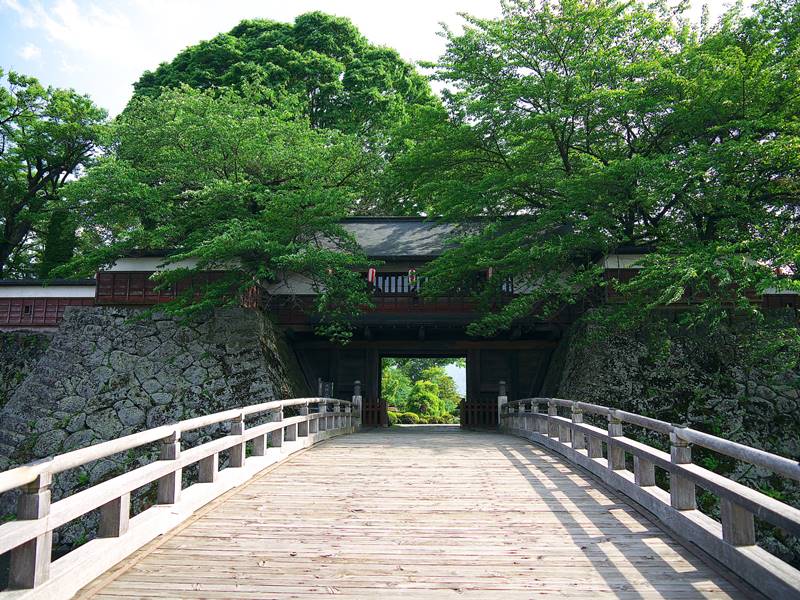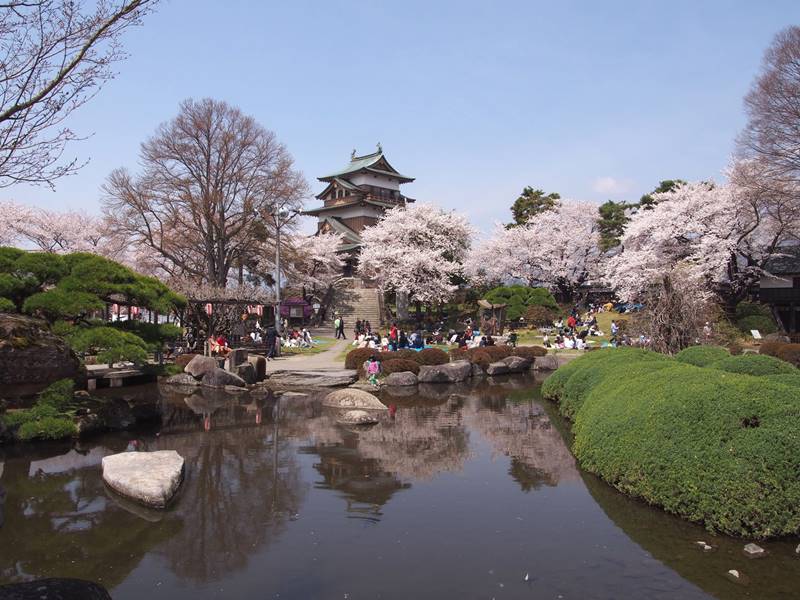This is all about Takashima Castle Ruins you want to know.
Every information you get on this site will be from a credible source based on Japanese history (books for reference).
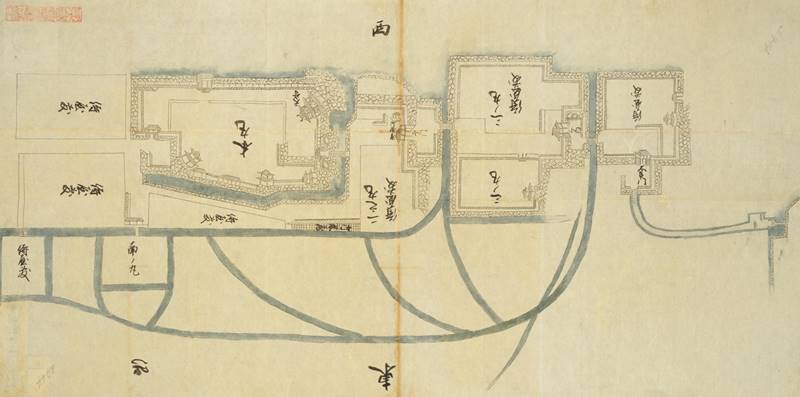
Collected by the Inagaki family, the Toba Daimyō from the mid-Edo period to the Meiji Restoration, as materials for military studies. There are about 350 illustrations, but there is no uniformity because only illustrations of castles, illustrations including castle towns, and old battlefield illustrations are mixed.
Another typical example of castle picture in the Edo period exists, "The Shōhō Shiroezu", picture of the castle and castle town that the Edo Shogunate ordered the daimyō to create and submit,aggregating military information such as the buildings inside the castle, the height of the stone wall, the width of the moat and the water depth, etc., it also details the location and shape of the castle town and the mountain river.
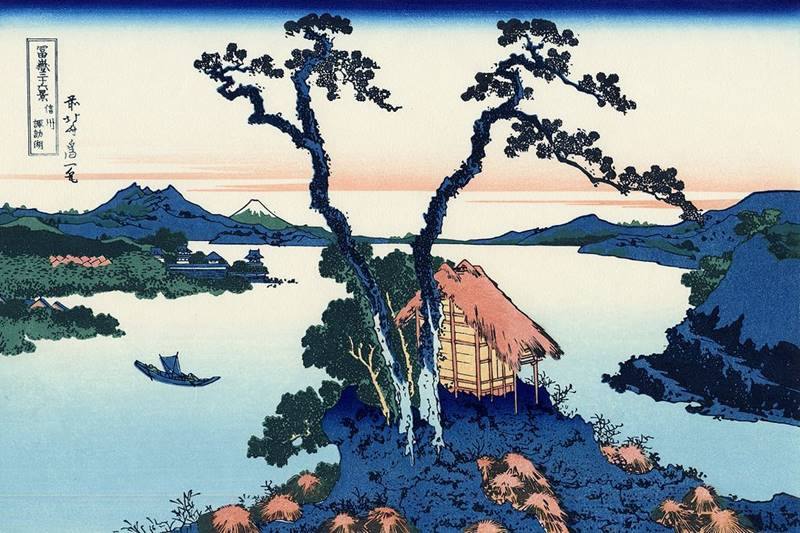
Profile : Takashima Castle Ruins
| Location | Suwa City, Nagano Prefecture |
| Also known as | Floating Castle of Suwa |
| Type of castle | Lake |
| Lake's name | Lake Suwa |
| Elevation | ー |
| Condition | Reconstructed main keep |
| Designation | Suwa City Historic Sites |
| Year built | 1592 |
| Abolished | 1875 |
| Castle lord | Hineno Takayoshi |
| Refurbishment lord | Suwa Tadakata |
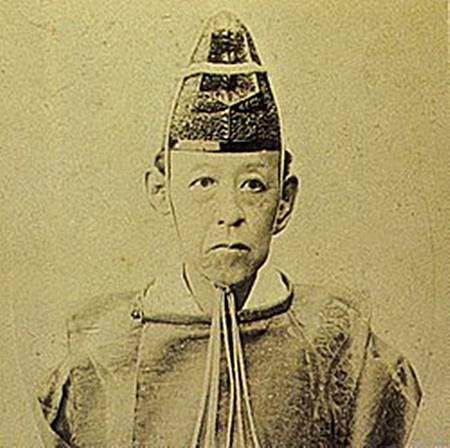
The 9th generation of Suwa Clan, the grandson of Suwa Tadakata.
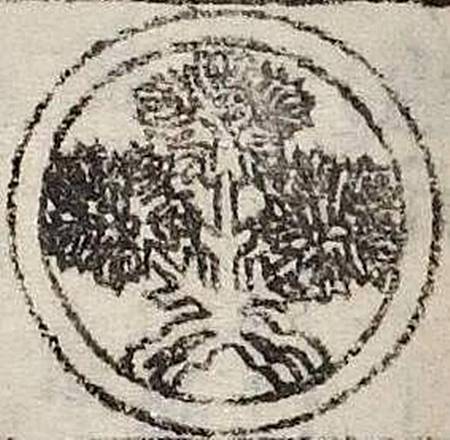
The family crest was originally created from the pattern that the emperor and the royal family put on the kimono, and the pattern was made into a fixed pattern, and the one attached to his own oxcart is said to be the beginning of the family crest. The warlords drew large crests on the flag-fingers, used to distinguish enemy views on the battlefield, and used by the generals to determine which warlords were active and how much.
Takashima Castle admission
admission fee : 310yen (Adult) 150yen (under junior high school students)
admission time :
(April 1-September 30) : am9-pm5:30
(October 1-March 31) : am9-pm4:30
closing period : December 26-31 reference official site
Takashima Castle Google Map
Takashima Castle Images
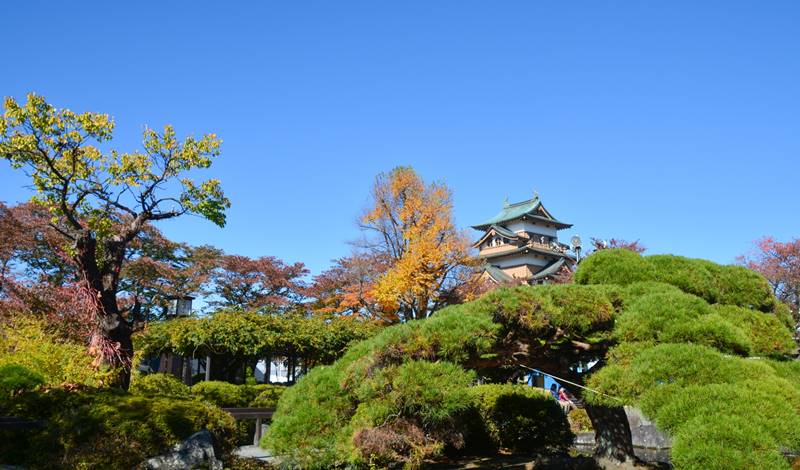

Lake Suwa was used as a natural defense, and the river that flows into the lake was skillfully used as a moat. It was also called "Mizujiro" or "Uki-jō". A large gate was set up on the north castle side, and from there, the Enodokuruwa, Sannomaru, Ninomaru, and Honmaru were arranged in a straight line, and Minaminomaru was to the southeast of Honmaru. Stone wall was piled up on the main building to build a triple tower.

